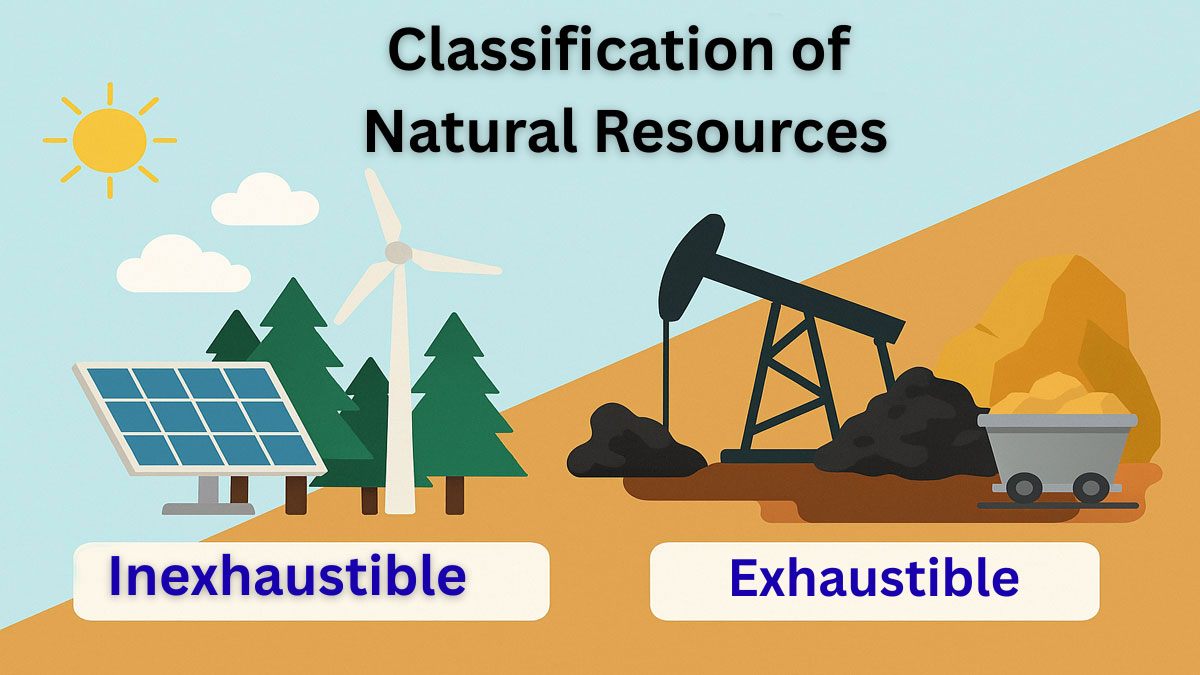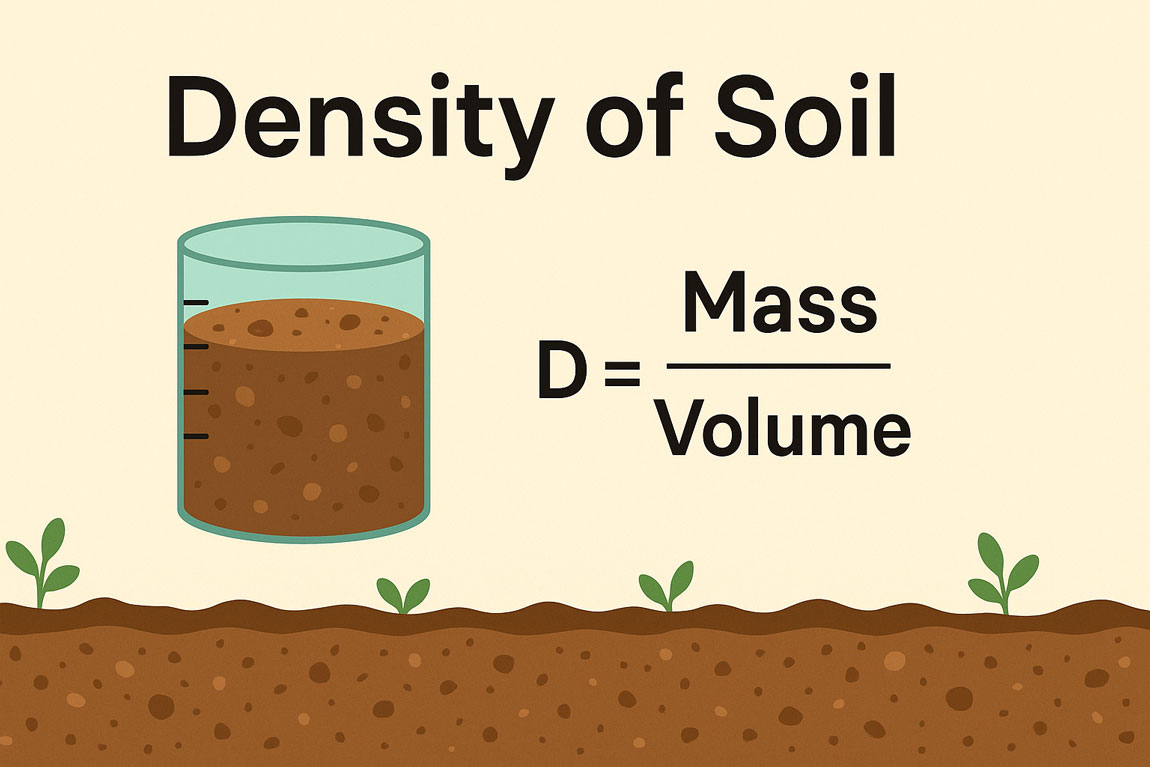Types of Protoliths:
The following rock properties allow the recognition of protoliths:
Relict fabrics:
In low-grade metamorphic rocks where recrystallization has not created large new grains or substantial deformation has not taken place, boundaries of original grains and outlines of fabric features such as pillows in mafic subaqueous lava flows have not been erased.
Field relations:
In some instances, metamorphism has progressed from an unmodified protolith into
rocks of increasing grade; this transition can be observed in the field, such as in a contact metamorphic zone around a magmatic intrusion.
Bulk chemical:
The mineralogical and modal composition of the rock manifests bulk chemical composition. This may be the only clue to the protolith where critical informative field relations are lacking, and relict fabrics have been erased.
Even if there has been substantial metasomatism, some constraints are possible, perhaps in ratios of less mobile elements. Keeping in mind the continuous spectrum of rock compositions, several discrete, “end-member” protolith categories, or bulk chemical rock groups, can be recognized as follows:
Ultramafic:
Derived from high-Mg–Fe magmatic rocks including peridotite, pyroxenite, and dunite composed of pyroxene and olivine with limited or no feldspar. High-T metamorphic rocks are composed of these same minerals plus possible spinel and Mg–Fe garnet,
while lower-T rocks contain combinations of serpentine, talc, brucite, chlorite, tremolite, magnetite, and, where CO2 fugacities are adequate for stabilization, dolomite or magnesite.
Mafic:
Silicate rocks that have relatively high concentrations of Mg, Fe, and Ca, as well as appreciable Al, correspond to a basaltic (gabbroic) protolith or, in some instances, a clay-bearing dolostone or marl (mixed clay-carbonate rock).
Mg–Fe–Ca-rich minerals such as actinolite, hornblende, pyroxene, garnet, epidote, plagioclase, chlorite, and pumpellyite are abundant; Fe–Ti oxides may also be abundant.
Some petrologists refer to these rocks as metabasites. Rare rocks of cordierite # anthophyllite are believed to be metamorphosed spilites that are created by metasomatism of basalt at oceanic ridges.
Quartzo-feldspathic or felsic:
Quartz- and feldspar-bearing metamorphic rocks derived from felsic magmatic rocks as well as feldspathic and lithic sandstones. Relatively minor mafic minerals include biotite, chlorite, amphibole, pumpellyite, stilpnomelane, and Fe–Tioxides.
It should be realized that, without relict fabrics and critical field relations, it may be impossible to discriminate between protoliths which include rhyolite lava, tuff, obsidian, granite, porphyry, and different kinds of sand stones. Sandstone protoliths composed of quartz and minor clay are sometimes called psammites.
Pelitic:
Rocks that have clay-rich shale (mudstone) protoliths are characterized by Al-rich silicates, such as Al2SiO5 polymorphs, cordierite, almandine garnet, and staurolite. Quartz is almost always present in abundant micas, both biotite and white mica, which are only absent in rocks recrystallized at the highest T,
where combinations of alkali feldspar, Al2SiO5 polymorphs, Fe–Ti oxides, and pyr oxides take their place. Graphite is conspicuous in many pelites.
Calcareous:
Rocks are derived from more or less pure limestones and dolostones. Calcite and dolomite, in the absence of quartz and other silicates, are stable over a broad range of metamorphic conditions, but as silicates and quartz increase in modal abundance, calcareous rocks grade into those of the next category.
Calc-silicate:
Rocks derived from impure carbonate protoliths that contain substantial proportions of clays and quartz, in addition to calcite and dolomite, or from the more pure carbonate rocks metasomatized in contact aureoles (see skarns below).
Metamorphic minerals include carbonates of Ca, Mg, Fe, and locally Mn plus numerous possible Ca-rich silicates such as grossular–andradite garnet, vesuvianite, epidote-group minerals, diopside–hedenbergite solid solutions, wollastonite, and tremolite.
Ferruginous:
Rocks include enigmatic pre-Cambrian banded iron formations and metamorphosed marine cherts. The former are thinly bedded and composed chiefly of quartz with subordinate hematite, magnetite, greenalite (Fe, Mg)3Si2O5(OH)4, minnesotaite Fe3Si4O10(OH)2, stilpnomelane,
riebeckite, Fe-chlorite, siderite, and ankerite Ca(Mg, Fe2, Mn)(CO3)2.
Metamorphosed cherts are composed of quartz and accessory Fe Mn–silicates such as spessartine (Mn–Al gar-net), piemontite (an epidote-like mineral), and riebeckite.






